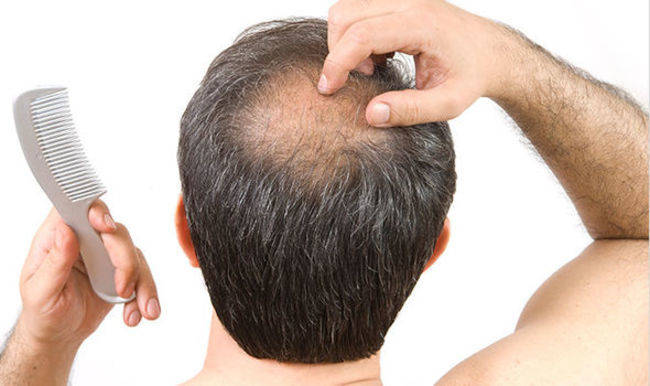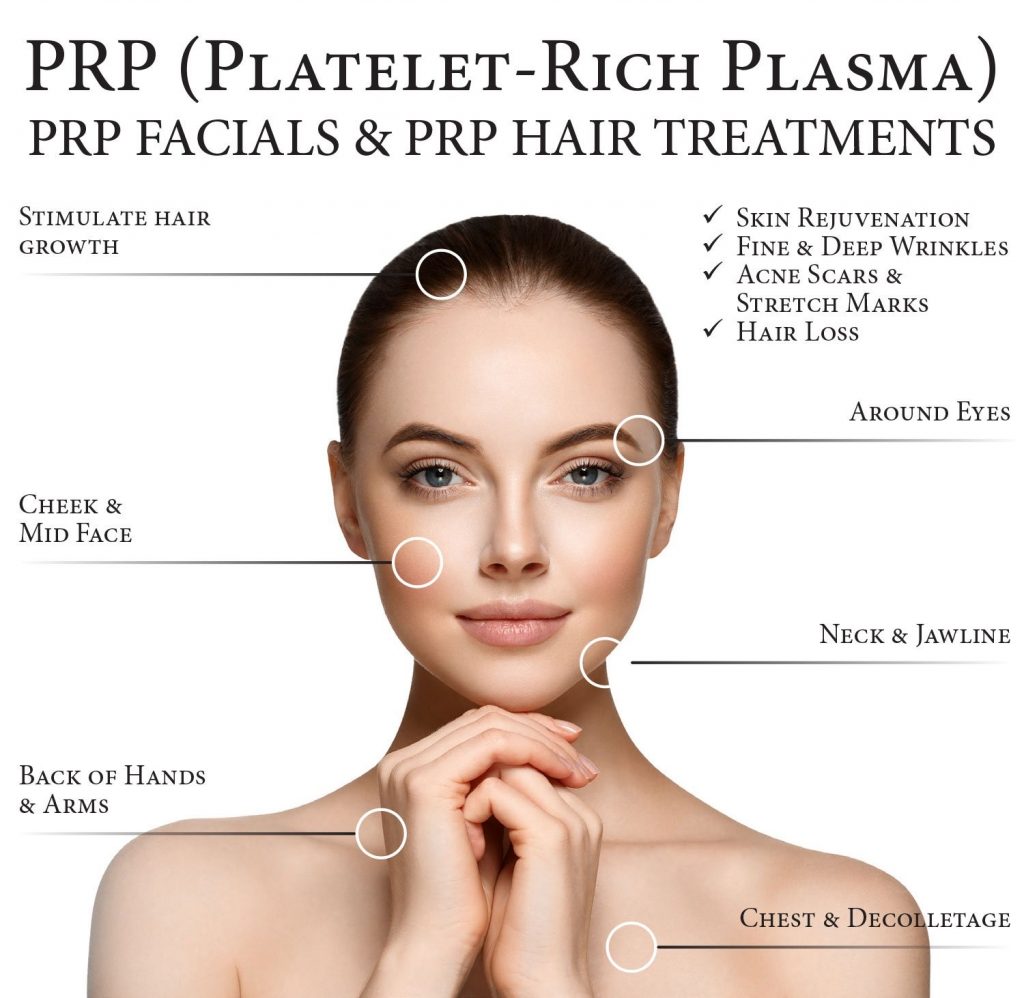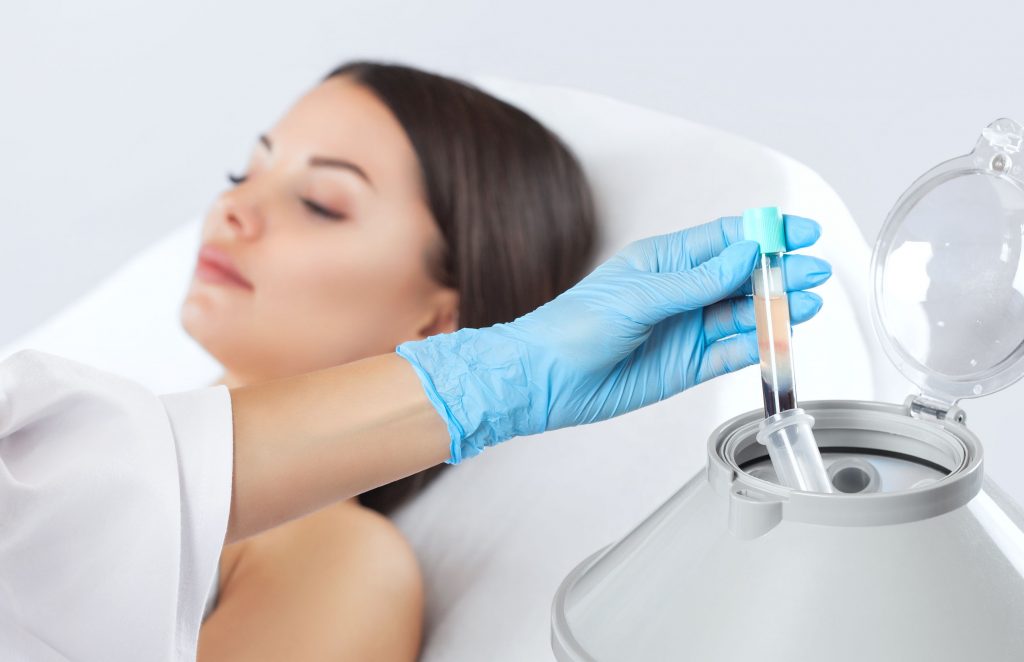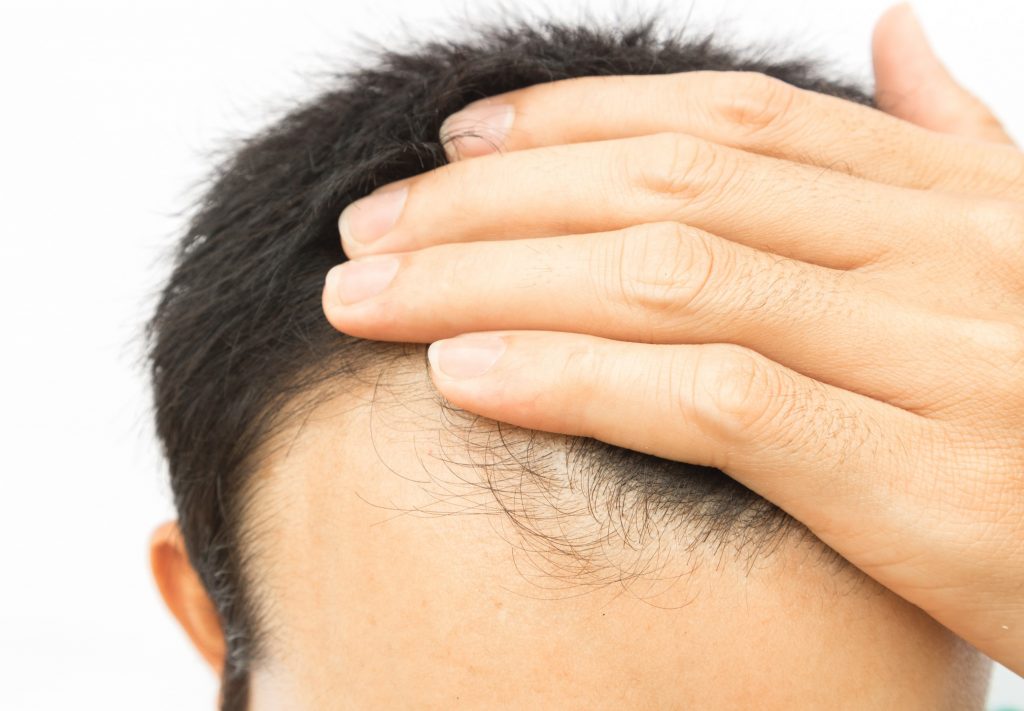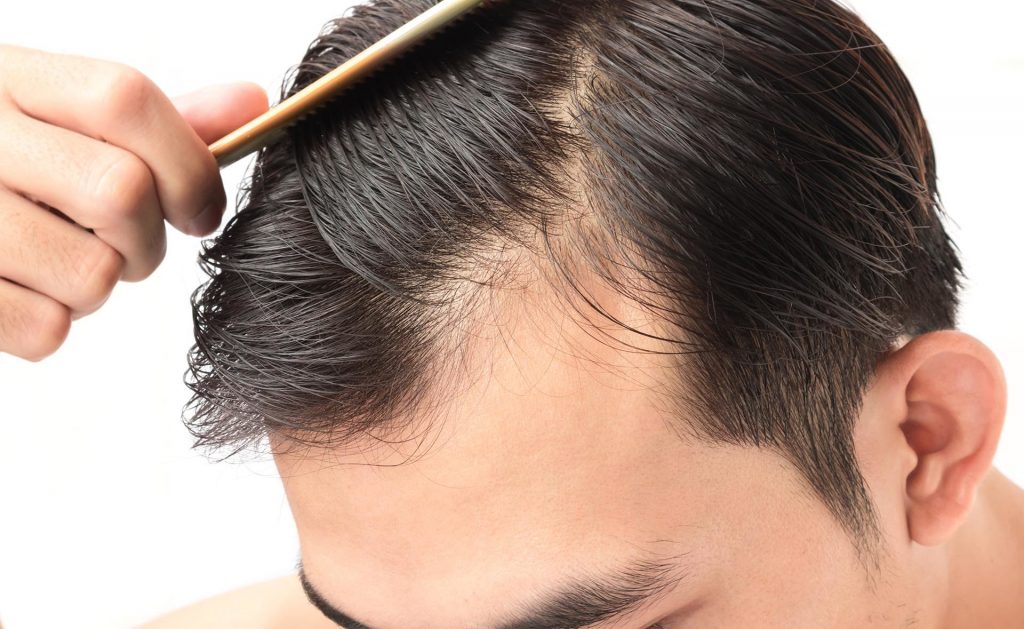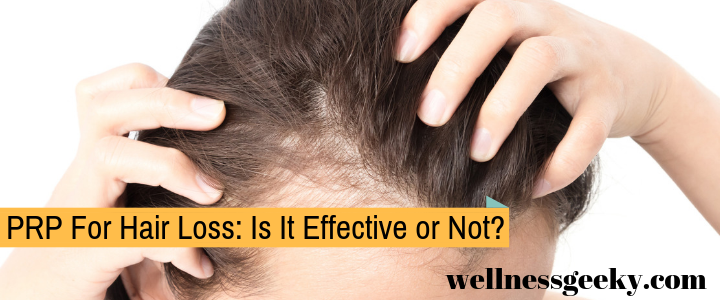
Throughout the ages, humans have always been fascinated by long luscious hair. Across many cultures, long full hair was held as one of the highest standards of beauty.
In fact, records show that in some societies, hair length was used to denote social status among women and physical prowess among men.
Slaves and prisoners of war were usually made to shave their heads clean. Free men and middle-class citizens usually kept their hair short and neat.
In certain tribal societies, warriors usually displayed their battle prowess by the length of their hair.
Warriors with very long hair were revered as gods amongst men as their long hair meant they had probably never been beaten.
And in Europe, from the time of ancient Greece to the middle-ages, longer hair among men and women was one of the surest markers of wealth and power.
The existence of elaborate wigs and hairdos for both sexes lends credence to this. Interestingly, although there is no scientific evidence for this at the time, our forebears also associated a full head of hair with good health.
Sadly today, thick, full hair is slowly becoming a thing of the past as many people suffer from hair loss.
The American Academy of Dermatology notes that 80 million men and women suffer from hereditary hair loss. And though it is more prevalent in adults, the condition is present among children as well.
Given this, several remedies – homemade and pharmaceutical, have been vaunted as the most effective treatments for hair loss. One of such remedy is the increasingly popular PRP (Platelet-rich plasma) therapy.
Before we go further on PRP for hair loss; however, a brief background on the phenomenon of hair loss is necessary.
What is Hair Loss?
Pattern hair loss referred to as male-pattern hair loss in men and female-pattern hair loss in women is hair loss that affects the top and front of the scalp.
It can either be in the form of a receding hairline, a widow’s peak or thinning of the hair. While baldness is generally accepted as part of the aging process, it is a thing of concern for young and middle-aged adults.
Although no conclusive universal studies exist on this, hair loss (when premature) is generally considered unattractive.
Causes of Hair Loss
Several factors are responsible for hair loss. They are
● Hereditary factors
This is also referred to as male and female-pattern baldness among men and women respectively (or androgenic and androgenetic alopecia). It is the most common cause of hair loss as the cells that influence hair growth are determined by the genetic makeup of one’s parents. Thus, a family history of pattern baldness is almost a sure sign of future hair loss in men and women.
● Stress and traumatic events
Research has proven that stress or traumatic events if left unattended over a long period, may eventually cause hair loss in both men and women. Such events include the death of loved ones or accidents.
● Hormonal changes
Hormonal imbalances associated with pregnancy, childbirth, and menopause are also largely responsible for hair loss.
● Medications and supplements
Certain medications used to treat cancer, high blood pressure, arthritis, depression, and heart problems, have been proven to cause hair loss.
● Medical conditions
Certain medical conditions such as thyroid disease, alopecia areata, ringworm, and a hair-pulling disorder like trichotillomania can cause permanent or temporary hair loss.
● Hairstyles
While not commonly known as a cause, hairstyles that pull the hair back tightly such as cornrows, pigtails, or tight buns and ponytails cause hair loss as well. This is medically known as traction alopecia.
● Radiation therapy
Radiation therapy to the head may also affect the pattern of hair growth
● Poor dieting
Diets lacking nutrients like protein, iron and folic acid cause hair loss as these nutrients are primarily responsible for growth and vitality.
● Overtreating your hair
Harsh hair products such as relaxers, dyes, extreme-hold sprays, and gels cause inflammation of follicles which leads to hair loss. When scarring occurs, the hair loss becomes permanent.
PRP for Hair Loss
Also known as PRP for hair growth, PRP hair regrowth treatment, or Vampire hair regrowth plan, PRP is a hair loss treatment procedure where the patient’s blood is drawn and injected into the scalp after being thoroughly processed.
How Does PRP for Hair Loss Work?
The scalp injections trigger hair growth by increasing blood supply to the hair follicles as well as increasing the thickness of the hair shaft. PRP is based on the theory that damaged tissues can be healed and re-grown by the injection of plasma which contains white blood cells and platelets.
Platelets are key in the healing process as they contain active molecules called growth factors which facilitate the natural healing of damaged tissues. Aside from the platelet-derived growth factor (PDGF), other growth factors are contained in the plasma.
They include:
● Transforming growth factor-beta
● Vascular endothelial growth factor
● Epidermal growth factor, and
● Insulin-like growth factor.
PRP therapy works by concentrating the platelets found in the blood sample to a very high degree. For example, the normal concentration of platelets in the bloodstream at any given point is 200,000 per microlitre. In a PRP procedure, however, the platelet count can exceed 1,000,000 platelets per microlitre.
Therefore, asides from being used as a treatment for hair loss, PRP has also been applied in treating other medical conditions such as:
● Tendon injuries: Doctors have been known to use PRP to treat tendon injuries such as tennis elbow, jumper’s knee, Achilles tendonitis and pain in the patellar tendon.
● Acute injuries: PRP has also been used to treat acute sports injuries such as severe sprains or pulled muscles.
● Post-surgical repair: PRP injections have also been effective in repairing torn tendons like rotator cuff tendons and ligaments like the anterior cruciate ligament after surgeries.
● Osteoarthritis: PRP injections have been proven to be even more effective than traditional therapies such as hyaluronic acid in treating osteoarthritis.
The Procedure
In undergoing PRP for hair loss, the first step is usually the application of a numbing lidocaine solution to the scalp before the injection. If this is not possible, a local anesthetic is mixed with the PRP to reduce any feelings of discomfort during the process.
This usually means that preparation for the PRP injections would entail following your medical aesthetician's pre-surgery recommendations.
The PRP injection process
The injection process for PRP for hair loss is done in 3 simple steps. They are:
● Step 1
A sample of blood is first drawn from a part of the body (usually the arm). The quantity of the sample varies with the purpose of the therapy. For hair loss, however, the amount drawn is often 20 milliliters. The sample is then placed in a centrifuge. A centrifuge is a machine used in separating fluids of different densities by spinning rapidly.
● Step 2
After the first step which usually takes about 10 – 15 minutes, the blood would have separated into three layers:
• Platelet-poor plasma
• Platelet-rich plasma
• Red blood cells.
As the name already implies, platelet-rich plasma is a valuable part of the blood needed for hair loss therapy.
● Step 3
The platelet-rich plasma is then drawn into a syringe and injected into affected areas of the scalp at the level of the hair follicles. Doctors often make use of ultrasound to locate the specific areas for injection.
The injections usually cover every half-inch of the affected areas, and the procedure typically lasts for less than 30 minutes.
After this first treatment, the injections are repeated once a month for the next three months and once every three to six months afterward.
PRP for Hair Loss: How Effective is It?
The effectiveness of PRP for hair loss has long been the subject of debate. While clinical evidence on the efficacy of PRP therapy is still relatively weak, large volumes of anecdotal evidence suggest it is effective in combating hair loss.
Most people who undergo the therapy experience positive changes in the growth, thickness, and density of their hair after undergoing treatment.
And while it admittedly does not completely re-grow your hair or create new follicles, it causes massive improvement in the thickness and fullness of hair by nourishing existing follicles.
When Do Results Appear?
The changes generally appear within 3 – 6 months, and it is advised that during this period chemical hair treatments and hair products containing sulfates are avoided.
Many factors such as sex, age, blood flow, and hormonal imbalance can affect when the results appear. It must be noted that results appear faster for women than for men.
How long does PRP for hair loss last?
After the initial three months of treatment, it is strongly advised that you continue maintenance treatments every three to six months on a long-term basis (for a year at least). This encourages optimal stimulation of the growth factors and stem cells that are responsible for hair growth.
For maximum effectiveness, PRP for hair loss therapy can be combined with other hair loss treatments like minoxidil and finasteride.
Who Can Undergo PRP for hair loss therapy?
As PRP for hair loss is not a magic wand, only candidates recommended for the treatment by aestheticians can reap the full benefits of the procedure.
It, however, is generally effective for people with:
1. Relatively recent hair loss: The more recent the hair loss, the more effective the procedure as hair follicles which have lain dormant for years are harder to re-grow.
2. Thinning hair: PRP for hair loss has over time, been shown to be effective for women with thinning hair.
3. Hair loss due to stress or sudden illness: As PRP is essentially a healing therapy, it is notably helpful in cases of hair loss from sudden illness or accumulated stress.
On the flip side, PRP for hair loss may not be the best option for people who:
● Have a genetic condition: Since the procedure works with plasma from your own body, it is largely ineffective in treating hair loss caused by hereditary factors. Men are most affected in this regard as most cases of male-pattern baldness are hereditary.
● Have thyroid disease, skin cancer, liver disease, skin disease or lupus: PRP for hair loss is generally not advisable if you have any of these conditions as they cause hair loss over time. This makes the treatment ineffective.
● Have recently been on a blood thinner: Remember, PRP means “platelet-rich plasma.” This means that active platelet function is compulsory for the success of the procedure. As blood thinners make the platelets less active, the effectiveness of PRP for hair loss is significantly reduced.
Aside from the scenarios mentioned above, you are likely not to be recommended for PRP if you are a heavy smoker or have a history of drug and alcohol abuse.
You are also likely to be rejected outright if you have been diagnosed with acute and chronic infections, hemodynamic instability hypofibrinogenemia, metabolic disorders, platelet dysfunction syndrome, systemic disorder, sepsis, and low platelet count.
PRP for hair loss risks and side effects
As PRP for hair loss is autologous (contains substances that come directly from your body), there is no risk of coming down with an infectious disease.
There are also no real risks associated with the process.
The injections, however, have been known to produce a few side effects in some cases. They are:
● Injury to blood vessels and nerves
● Infections
● Calcification at injection points
● Scar tissues
● Possible reaction to the anesthetic in the procedure
It is also advised that persons undergoing PRP report all medications they are on. This includes herbs and supplements.
PRP for hair loss recovery periods
Unlike other applications of PRP, when used for hair treatment, there is little to no recovery time needed. Slight pain may be felt for a day or two after the injection, and there may also be a bit of swelling on the injected areas.
Doctors generally advise that patients who have recently undergone a PRP for hair loss therapy session avoid washing and styling their hair for a day or two.
Warm showers are also encouraged as they increase blood flow to the scalp; thus helping in the growth process
Does PRP work for beard growth?
Currently, the PRP for hair loss procedure is only used for treating thinning hair and loss of hair on the scalp. As a result of this, there has been no study on the effectiveness of PRP for beard growth.
Other treatments for patchy beards like growth oils are recommended in this regard. For hair growth on other parts of the body, a consultation session with your cosmetic aesthetician is the best route.
PRP for hair loss cost
While not as expensive as laser surgery, PRP for hair loss costs does not fall on the cheap side. The expenses are more often than not, paid out-of-pocket as very few insurance plans cover PRP for hair loss costs.
This is because insurance companies largely consider PRP for hair loss as a cosmetic treatment. It is also considered by several insurance companies as an experimental treatment still in the early stages of testing.
As such, despite recent successes, more concrete evidence from the medical community is awaited before PRP for hair loss costs is covered. The price of treatment may vary based on a number of factors such as geographic location, quality of equipment and the addition of nutritious components.
Are there Alternatives to PRP for hair loss?
It is important to note that PRP therapy is the most natural treatment for hair loss available. This is because it uses the patient’s blood in the process as opposed to external substances.
For those not wishing to undergo PRP therapy, however, a few alternatives exist. They are:
1. Microneedling: This process involves the use of needles to create micro-wounds on affected areas of the scalp. After the needling, a three-step process involving inflammation, proliferation, and maturation is undergone. This stimulates collagen which leads to the production of new skin cells and consequently, new skin and hair follicles.
2. Laser therapy: This is a hair growth process that involves the stimulation of cells by lasers. Laser treatment can either be done at the hospital or at home.
Final Thoughts on PRP for Hair Loss
The wealth of evidence in support of the effectiveness of PRP treatment has enabled it to become one of the most accepted modes of hair loss therapy. Furthermore, it enjoys advantages such as:
● Natural facilitation of hair growth
● An increase in hair volume and improvement in hair quality
● Compatibility with other therapies for hair loss
● A position as the only non-surgical and non-pharmaceutical effective treatment for hair loss
● Absence of a need for restriction of activities after the procedure
● Overall patient satisfaction
